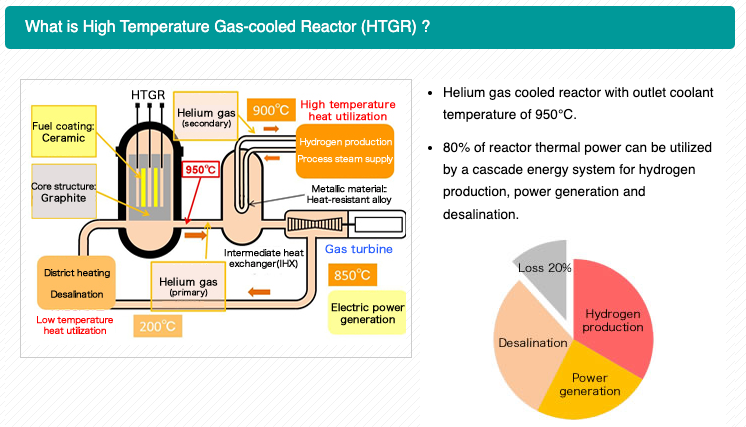The power outage in Spain 28.4-25
- info629235
- May 10
- 3 min read

Never has anything caused more reactions internationally than the power outage in Spain on April 28th at Red Electrica.
What happened and the cause are probably quite likely. There are then possible measures to reduce the risk. Some people seem to hope that it will prove impossible to integrate a lot of renewables. No, it should be possible, but it requires some insight.
Spain has 7 nuclear reactors whose generators have the largest rotational energy that stabilizes the power grid. Their inertia reduced the risk of large frequency errors occurring. This is to be able to maintain 50Hz. At the time of the power outage, Spain is said to have had about 60% solar and wind energy. Hydropower was almost displaced by solar and about 20% nuclear power. Spain has a lot of hydropower, mainly in the northwest. In addition, a lot of pumped hydropower. Solar power was dominant at lunchtime when this happened. During the warm season, electricity is largely used for air cooling. Solar power and air cooling go well together, but also provide very large variations during the day. During winter conditions, renewables are just over 40%. The ambition in Spain is to increase to 80% renewables. That the Spanish government wants this is easy to understand, but the difficulty is knowing what safety measures are necessary. Synthetic flywheels will become necessary when nuclear power decreases. Large batteries can be used but are an expensive solution. Pumped water power plants are widely used for energy storage. But not enough. The Spanish islands will get synthetic flywheel, in the same way that Ireland has today. The whole country probably needs to get more of this. Renewable electricity is desirable but at the same time difficult when a lot of such electricity is generated without a large flywheel. The Spanish Power Network allowed 4 nuclear reactors to be shut down for the summer of -25, which was probably an important explanation for instability.
There remained 3 nuclear power plants, natural gas and hydroelectric generators. They want to use the country's own increasingly large renewable electricity production. But a limit for stability had probably been crossed.
Spain sees itself as the EU's new major renewable energy producer. Has a request to double solar power. Production far above its own consumption, with the hope of being able to export. Surplus could possibly be managed as green hydrogen.
The situation in Spain and Sweden has no similarities. Very little risk of major problems in Sweden. However, the major changes expected in Sweden could be a challenge. Now that the Öresund Authority is up and running again, the risk in southern Sweden will decrease. I lived on Gotland when power outages were most common in Sweden. They too are expecting a very large increase in electricity consumption, a doubling of consumption in ten years. Is it really possible? Using energy more efficiently is therefore most important. If you see a problem and know a solution, you don't need to scare public opinion in advance, which SD is a master at. The old, nostalgia is the safest thing for SD. Using batteries with solar power can allow produced electricity to be used when needed most, but it is too expensive for the entire sector. How much do batteries really contribute to stability?
I myself was educated in climate science in the 70s when climate problems were considered unthinkable. SD is trying to claim that climate is not the big problem of our time. For them the big problem is migration. Like Trump with MAGA prophets.
For example, people don't understand the long half-life of CO2. That problems will persist for a long time if too little is done now. It's urgent. More information about this can be found on the blog:
https:/leif-lindblom.com Trying to counteract the fact that Sweden may have the worst knowledge of all. Svante Arrhenius was the first with knowledge, which we can be proud of. Today's Swedish ignorance, however, is nationally embarrassing.
Leif Lindblom. Fil. Kand. Eriksmåla info@leiflindblom.se




Comments